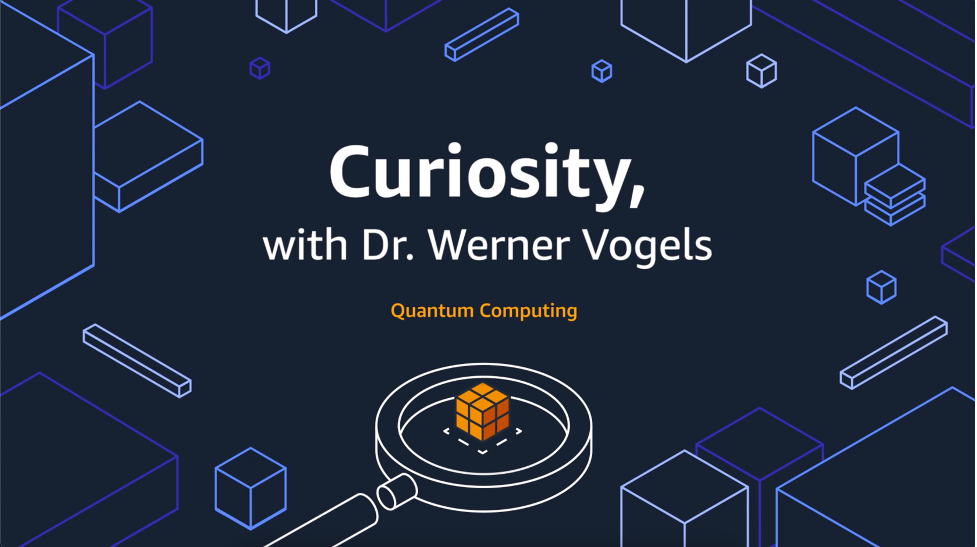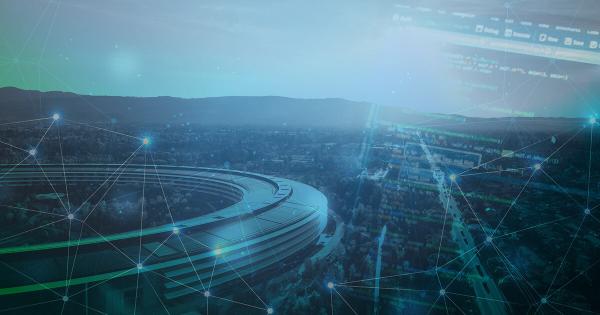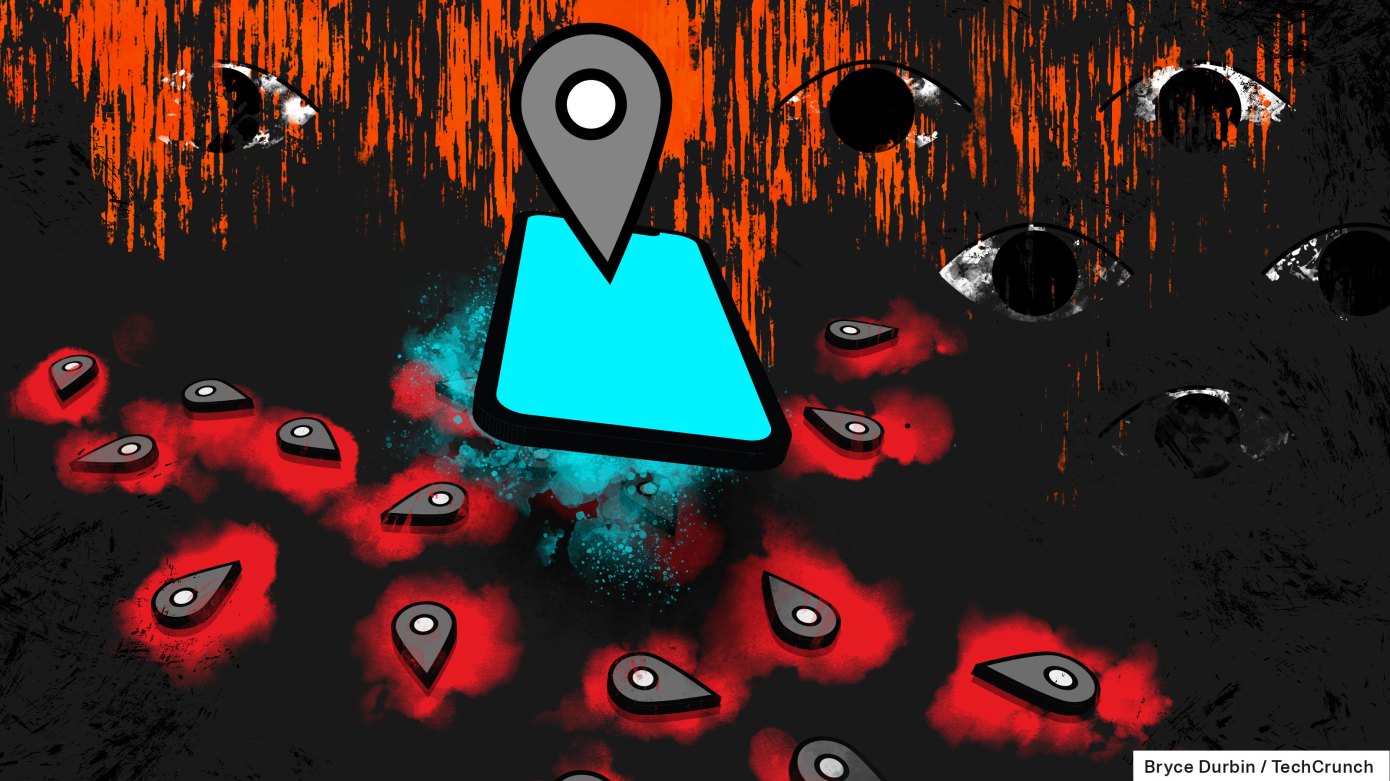Follow your S curve

By the time Rogers’s seminal Diffusion of Innovations was published in 1962, the
rural sociologist was convinced that the S curve of innovation diffusion
depicted “a kind of universal process of social change.” Indeed, S curves have
been used in many arenas since then, and Rogers’s book is among the most cited
in the social sciences, according to Google Scholar. Johnson’s S Curve of
Learning follows this well-established path. There’s the slow advancement toward
a “launch point,” during which you canvas the (hopefully) myriad opportunities
for career growth available to you and pick a promising one. Then there’s the
fast growth once you hit the “sweet spot,” as you build momentum, forging and
inhabiting the new you. And, finally, there is “mastery,” the stage in which you
might cruise for a while, reaping the rewards of your efforts, before you start
looking for something new, starting the cycle all over again. Johnson lays
out six different roles that you must play as you travel along her learning
curve. In the launch phase, where I spent what felt like an eternity, you first
act as an Explorer, who searches for and picks a destination.
Automation: 5 issues for IT teams to watch in 2022

IT automation rarely involves IT alone. Virtually any initiative beyond the
experimentation or proof-of-concept phase will involve at least two – and likely
several – areas of the business. The more ambitious the goals, the truer this
becomes. Good luck to the IT leaders that tackle “improve customer satisfaction
ratings by X” or “reduce call wait times by Y” without involving marketing,
customer service/customer experience, and other teams, for example. In fact,
automation initiatives are best served by aligning various stakeholders from the
very start – before specific goals (and metrics for evaluating progress toward
those goals) are set. “It’s really important to identify the key benefits you
wish to achieve and get all stakeholders on the same page,” says Mike Mason,
global head of technology at Thoughtworks. This entails more than just
rubber-stamping your way to a consensus that automation will be beneficial to
the business. Stakeholders need to align on why they want to automate certain
processes or workflows, what the impacts (including potential downsides) will
be, and what success actually looks like. Presuming alignment on any of these
issues can put the whole project at risk.
Daxin: Stealthy Backdoor Designed for Attacks Against Hardened Networks

Daxin is a backdoor that allows the attacker to perform various operations on
the infected computer such as reading and writing arbitrary files. The
attacker can also start arbitrary processes and interact with them. While the
set of operations recognized by Daxin is quite narrow, its real value to
attackers lies in its stealth and communications capabilities. Daxin is
capable of communicating by hijacking legitimate TCP/IP connections. In order
to do so, it monitors all incoming TCP traffic for certain patterns. Whenever
any of these patterns are detected, Daxin disconnects the legitimate recipient
and takes over the connection. It then performs a custom key exchange with the
remote peer, where two sides follow complementary steps. The malware can be
both the initiator and the target of a key exchange. A successful key exchange
opens an encrypted communication channel for receiving commands and sending
responses. Daxin’s use of hijacked TCP connections affords a high degree of
stealth to its communications and helps to establish connectivity on networks
with strict firewall rules.
Leveraging mobile networks to threaten national security
Once threat actors have access to mobile telecoms environments, the threat
landscape is such that several orders of magnitude of leverage are possible in
the execution of cyberattacks. An ability to variously infiltrate, manipulate
and emulate the operations of communications service providers and trusted
brands – abusing the trust of countless people using their services every day
– derives of threat actors’ capability to weaponize ‘trust’ built into the
design itself of protocols, systems, and processes exchanging traffic between
service providers globally. The primary point of leverage derives of the
sustained capacity of threat actors over time to acquire data of targeting
value including personally identifiable information for public and private
citizens alike. While such information can be gained through cyberattacks
directed to that end on the data-rich network environments of mobile operators
themselves, the incidence of data breaches of major data holders across
industries today is such that it is increasingly possible to simply purchase
massive amounts of such data from other threat actors
A Security Technique To Fool Would-Be Cyber Attackers

Researchers demonstrate a method that safeguards a computer program’s secret
information while enabling faster computation. Multiple programs running on
the same computer may not be able to directly access each other’s hidden
information, but because they share the same memory hardware, their secrets
could be stolen by a malicious program through a “memory timing side-channel
attack.” This malicious program notices delays when it tries to access a
computer’s memory, because the hardware is shared among all programs using the
machine. It can then interpret those delays to obtain another program’s
secrets, like a password or cryptographic key. One way to prevent these types
of attacks is to allow only one program to use the memory controller at a
time, but this dramatically slows down computation. Instead, a team of MIT
researchers has devised a new approach that allows memory sharing to continue
while providing strong security against this type of side-channel attack.
Their method is able to speed up programs by 12 percent when compared to
state-of-the-art security schemes.
Is API Security the New Cloud Security?

While organizations previously used APIs more sparingly, predominantly for
mobile apps or some B2B traffic, “now pretty much everything is powered by an
API,” Klimek said. “So of course, all of these new APIs introduce a lot of
security risks, and that’s why a lot of CISOs are now paying attention.”
Imperva, which Gartner named a “leader” in its web application and API
protection (WAAP) Magic Quadrant, lumps API security risks into two
categories, according to Klimek. The first one, technical vulnerabilities,
includes a bunch of risks that can also exist in standard web applications
such as the OWASP Top 10 application security risks and CVE vulnerabilities.
The recent Log4j vulnerability falls into this bucket — and demonstrates how
far-reaching these types of security flaws can be. Most Imperva customers
tackle these API threats first, “because they tend to be some of the most
acute and they require just adopting their existing application security
strategies,” such as code scanning during the development process and
deploying web application firewalls or runtime application self-protection
technology, Klimek explained.
Inside the blockchain developers’ mind: Building a free-to-use social DApp

While we still have a pretty good user experience, telling people they have to
spend money before they can use an app is a barrier to entry and winds up
feeling a whole lot like a fee. I would know, this is exactly what happened on
our previous blockchain, Steem. To solve that problem, we added a feature
called “delegation” which would allow people with tokens (e.g. developers) to
delegate their mana (called Steem Power) to their users. This way, end-users
could use Steem-based applications even if they didn’t have any of the native
token STEEM. But, that design was very tailored to Steem, which did not have
smart contracts and required users to first buy accounts. The biggest problem
with delegations is that there was no way to control what a user did with that
delegation. Developers want people to be able to use their DApps for free so
that they can maximize growth and generate revenue in some other way like a
subscription or through in-game item sales. They don’t want people taking
their delegation to trade in decentralized finance (DeFi) or using it to play
some other developer’s great game like Splinterlands.
Data governance at the speed of business

Once the data governance organization has been built and its initial policies
defined, you can begin to build the muscles that will make data governance a
source of nimbleness that will help you anticipate issues, seize
opportunities, and pivot quickly as the business environment changes and new
sources of data become available. Your data governance capability is
responsible for identifying, classifying, and integrating these new and
changing data sources, which may come in through milestone events such as
mergers or via the deployment of new technologies within your organization. It
does so by defining and applying a repeatable set of policies, processes, and
supporting tools, the application of which you can think of as a gated
process, a sequence of checkpoints new data must pass through to ensure its
quality. The first step of the process is to determine what needs to be done
to introduce the new data harmoniously. Take, for example, one of our B2B
software clients that acquired a complementary company and sought to
consolidate the firm’s customer data.
Irish data watchdog calls for ‘objective metrics’ for big tech regulation

Dixon said that “in some respects at least”, the DPC needs to do better and
that it would be beneficial for regulators to have a “shared understanding” of
what measures they are tracking. “In the absence of an agreed set of measures
to determine achievements or deficiencies, the standing of the GDPR’s
enforcement regime in overall terms is at risk of damage,” she said. Dixon
said that this was particularly the case “when certain types of allegations”
levelled against the Irish DPC “serve only to obscure the true nature and
extent of the challenges” presented by the EU regulatory framework – which
requires member states to legislate for the enforcement of data protection
across the EU. ... That has created a vacuum and “a narrative has emerged in
which the number of cases, the quantity and size of the administrative fines
levied, are treated as the sole measure of success, informed by the
effectiveness of financial penalties” at driving changes in behaviour.
Digital transformation: 3 roadblocks and how to overcome them

Many sectors, such as healthcare and financial services, operate within a
complex web of constantly changing regulations that can be difficult to
navigate. These regulations, while robust, are critical for sensitive data such
as patient information in healthcare, proper execution of protocol in law
enforcement, and other essential data that must be managed and used responsibly.
How customer and internal data is collected, stored, managed, and used must be
prioritized, especially when an enterprise transitions from legacy systems.
Establishing a digital system that supports compliance with regulations is a
challenge, but once the system is established, every interaction within the
organization becomes data that can be monitored if you have the tools to
interpret it. Knowing what is going on in every corner of an organization is
central to remaining compliant, and setting up intelligent tools that can detect
risk across the enterprise will ensure that your organization’s digital
transformation is rooted in compliance-first strategies.
Quote for the day:
"Great Groups need to know that the
person at the top will fight like a tiger for them. "--
Warren G. Bennis









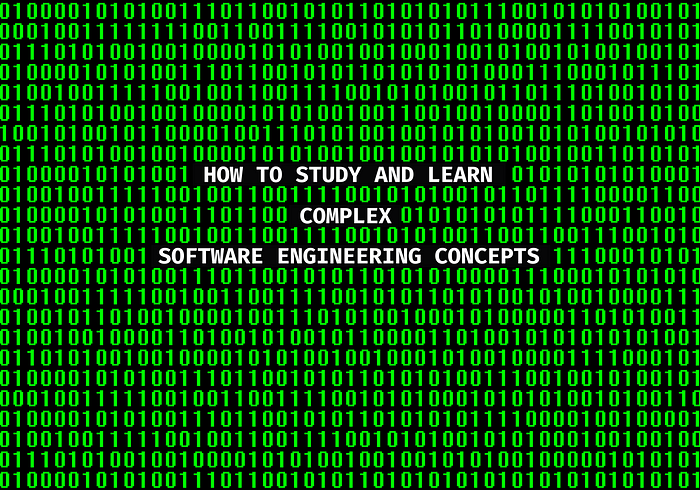








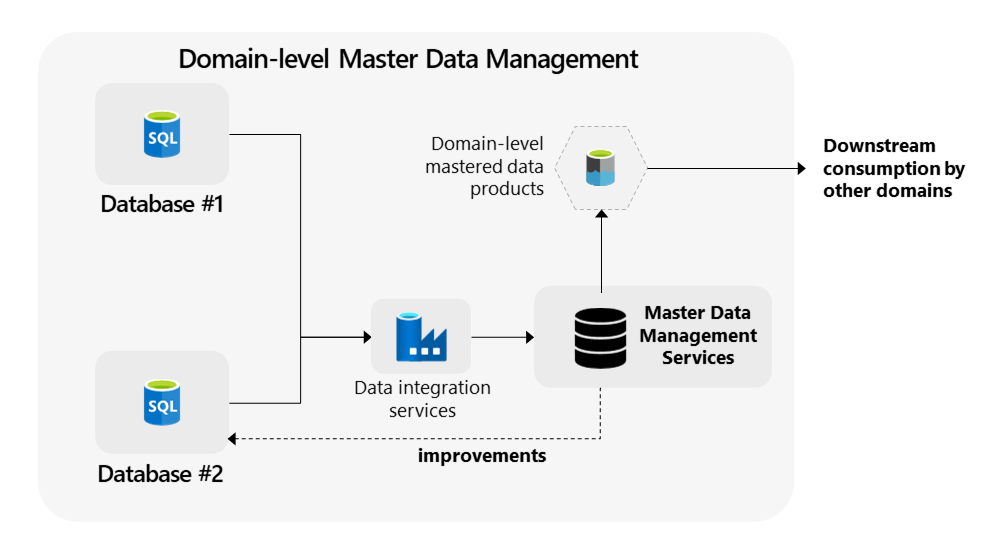

:format(webp)/cdn.vox-cdn.com/uploads/chorus_image/image/70542866/metaverse_image_zuckerberg.0.png)



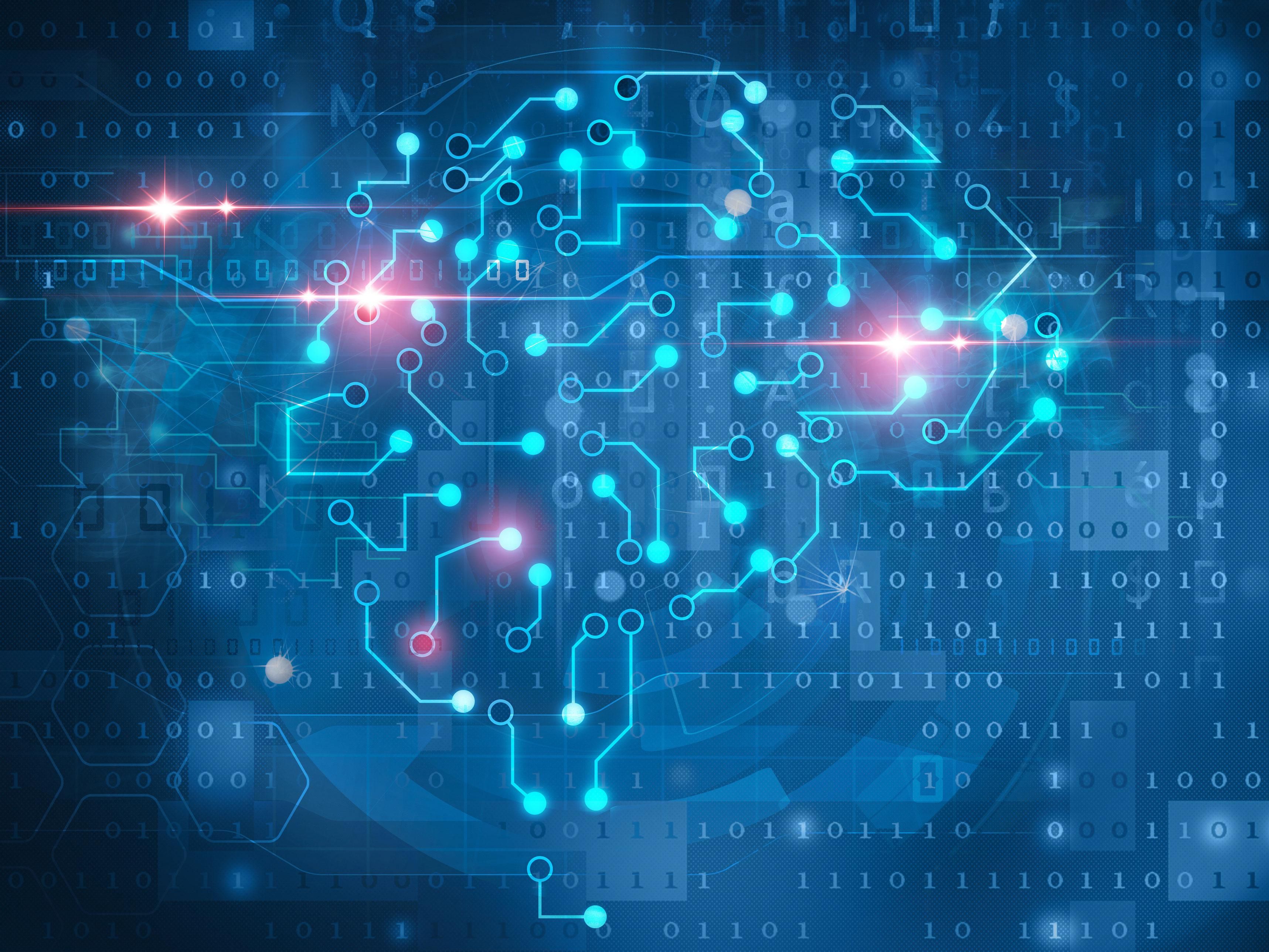






/filters:no_upscale()/articles/going-digital-pandemic/en/resources/2image005-1645551760453.jpeg)



